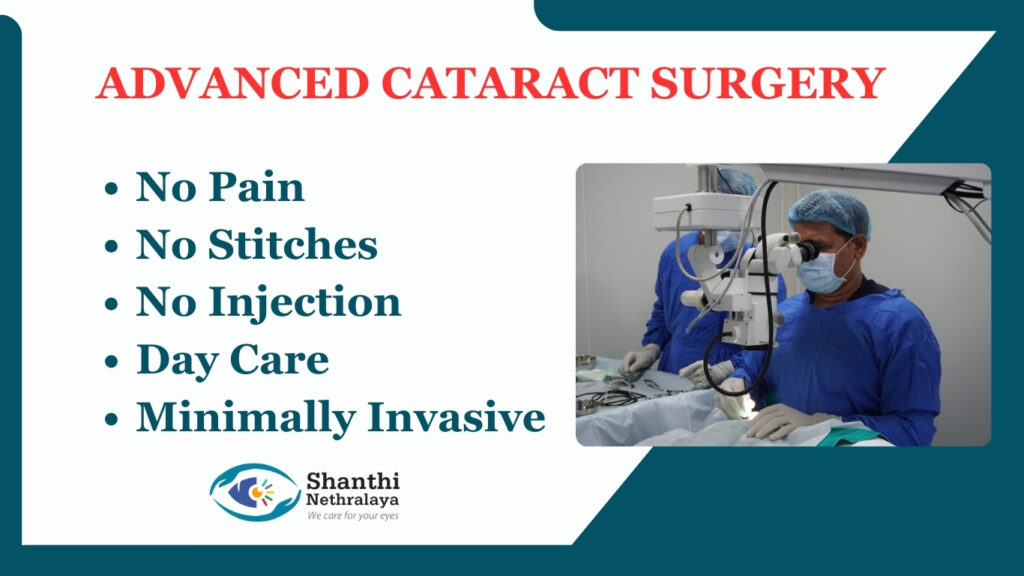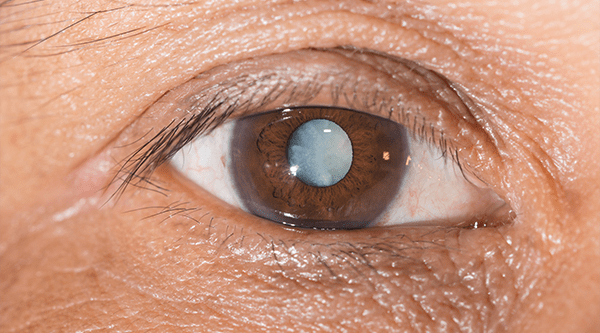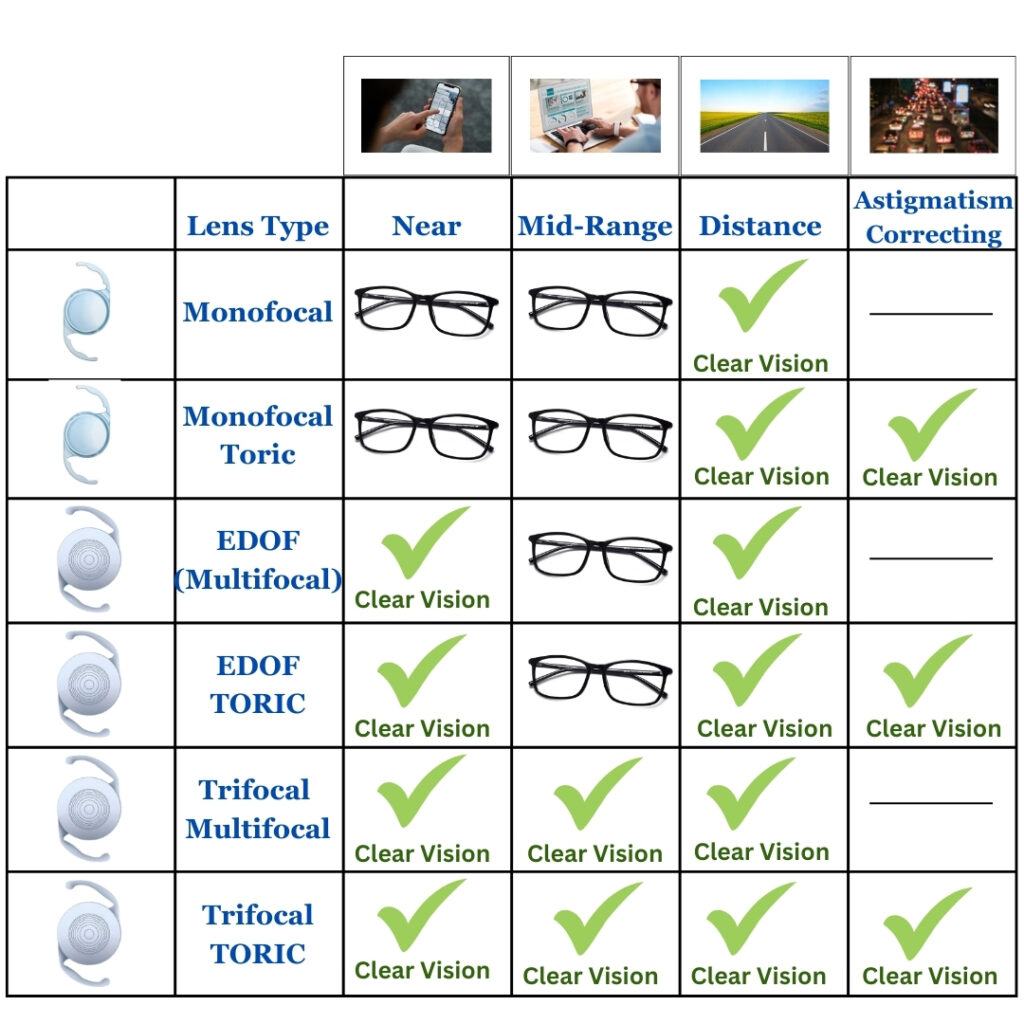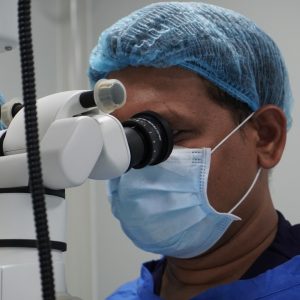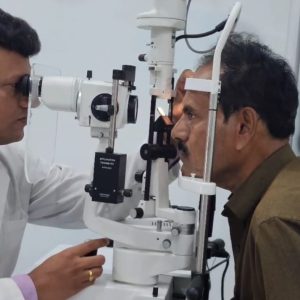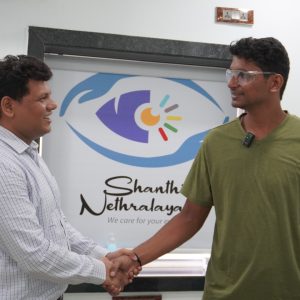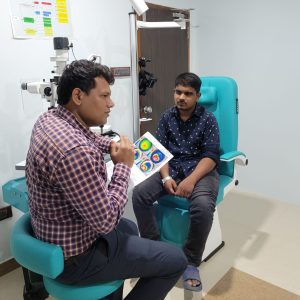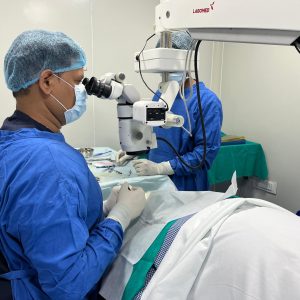Yes, cataracts can develop in one or both eyes, and the progression may differ between eyes.
Cataracts typically do not cause pain, though they can impact vision.
Cataract surgery usually takes about 15 to 45 minutes, depending on the complexity of the case.
Most people can return to work or normal activities within a few days, but follow your doctor’s instructions.
Cataract surgery is highly effective and can restore vision for most patient
Risks include infection, bleeding, and retinal detachment, but they are rare.
Cataract surgery may correct refractive errors like nearsightedness, farsightedness, or astigmatism.
The artificial lens used in cataract surgery is designed to last a lifetime.
If cataracts significantly affect your vision, you may benefit from surgery. Consult your eye care professional.
Surgery is the only definitive treatment for cataracts; glasses or contact lenses may help in early stages.
Wait until your eye care professional clears you to drive, usually after your follow-up appointment.
Cataract surgery involves removing the clouded natural lens and replacing it with an artificial intraocular lens (IOL).
Cataract surgery involves making a small incision in the eye to remove the clouded lens.The lens is typically broken up using ultrasound or laser technology and then removed.An artificial lens (IOL) is implanted to replace the natural lens.
Cataracts cannot return because the natural lens is replaced with an artificial one.
Yes, children can have cataracts. These congenital cataracts may require treatment, sometimes including surgery.
Your eye care professional will schedule follow-up appointments to monitor your healing and progress.
Reducing bright lights and using anti-glare glasses may help. Speak with your doctor if this persists.
A healthy, balanced diet is recommended for overall healing. Focus on foods rich in antioxidants, such as fruits and vegetables.
- Omega-3 fatty acids, found in fish and flaxseed, may also support eye health.
- Stay hydrated by drinking plenty of water.
Cooking can be done carefully after cataract surgery, but avoid bending over for long periods or exposing your eyes to steam.
- If necessary, seek help from a family member or caregiver during the early days of recovery.
Possible disadvantages include risks such as infection, bleeding, or retinal detachment, but these are rare.Some patients may experience visual disturbances such as glare or halos after surgeryAdditional procedures like YAG capsulotomy may be needed if posterior capsule opacification occurs.
Cataract surgery itself does not need to be repeated because the natural lens is removed and replaced with an artificial one.
- However, if you experience posterior capsule opacification (PCO), a YAG laser capsulotomy may be necessary.
- Consult with your eye care professional to determine which lens is most suitable for you.
It is common to wait a few weeks between surgeries on each eye to allow for healing and recovery.Your doctor will advise you on the best timeline for your specific situation.
Cataract surgery is typically covered by medical insurance, but coverage may vary depending on your insurance plan.
- Check with your insurance provider for details on your specific coverage.
Cataract is the clouding of the eye’s natural lens, leading to blurred vision, glare, and other vision problems.
An eye cataract refers to the clouding of the lens inside the eye, leading to vision impairment.



